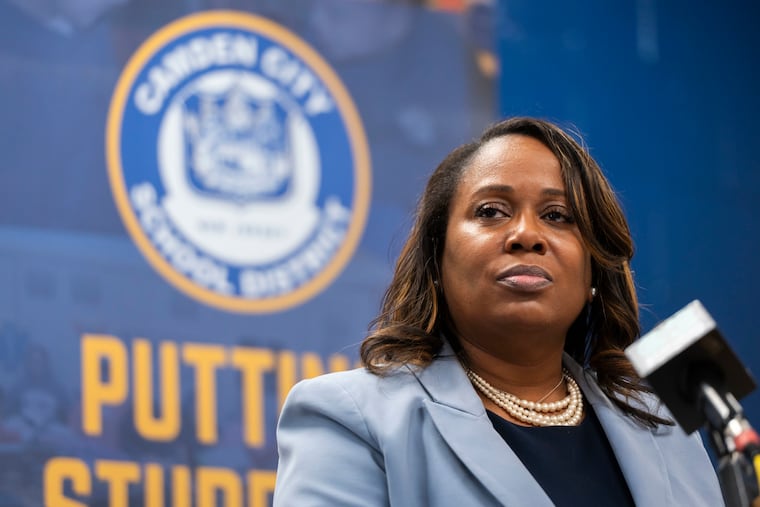Efforts Underway to Create Affordable Green Cities for Families
In recent years, cities worldwide have grappled with increasingly vivid indicators of climate change, including ominous orange skies and recurrent flooding. These issues transcend mere environmental concerns; they demand a fundamental rethinking of urban design and functionality. In New York City, the current climate challenges offer a unique opportunity to lay the groundwork for a resilient urban future, with an emphasis on solutions that not only address environmental needs but also foster family well-being.
New York has been considered a relative success in mitigating carbon emissions, as residents produce roughly one-third of the national average. This is attributed to the city’s dense living patterns, efficient public transportation, and vertical housing structures. However, a troubling demographic trend has emerged: from April 2020 to July 2023, the city experienced a net loss of nearly 550,000 residents, primarily affecting families with children. The decrease, which included a significant 17% drop in children under five, points towards systemic failures in urban planning.
The city’s acclaimed subway system, while effective for commuters, poses challenges for parents with strollers. Moreover, a persistent housing crisis drives families into less sustainable suburban areas, where emissions typically increase due to longer commutes. Many neighborhoods are also deficient in green spaces, essential for both child play and natural water absorption.
However, connectivity exists between addressing climate change and retaining families in urban environments. The city’s Green Economy Action Plan projects the creation of 400,000 green jobs by 2040, potentially generating billion for the local economy. Many of these roles promise competitive wages and upward mobility, yet their success relies heavily on a well-planned transition that does not alienate the workforce. Programs like the New York Climate Exchange are pioneering cross-sector collaborations aimed at reskilling workers for green jobs without disrupting their livelihoods.
A critical aspect of this discussion is childcare infrastructure. According to the 5BORO Institute, around 375,000 parents, predominantly mothers, have adjusted their work hours or exited the workforce due to a lack of affordable childcare. This trend is exacerbated by surging childcare costs, which have doubled for family daycare services since the pandemic’s onset. Research indicates that over half of working mothers have faced disruptions in their careers due to childcare constraints.
Recent surveys reveal that 17% of New Yorkers have had to alter their work commitments to manage childcare responsibilities. Initiatives like New York City’s Universal Pre-K and 3K programs illustrate the potential of supporting working parents by providing not just childcare, but also educational services that stimulate economic participation.
At a national level, the bipartisan CHIPS Act’s requirement for companies receiving federal funding to provide childcare presents a promising model for local and state development agencies. Such policies can create a synergy between family support and economic development.
In conclusion, the intertwined goals of supporting families and combating climate change are not mutually exclusive; rather, they can enhance one another. As New York City navigates its future, establishing a sustainable, family-friendly environment should be at the forefront of its urban planning efforts. This vision will only be realized through equitable access to quality childcare, which serves as a cornerstone for both economic stability and environmental sustainability.
Media News Source







